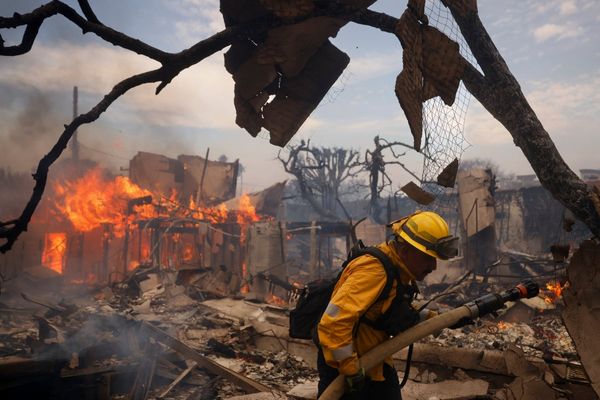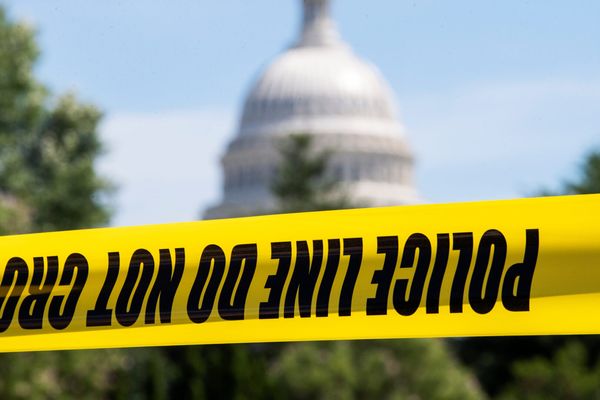
Air pollution fell by up to 50 per cent at commuter hotspots in London during lockdown, new data analysis has revealed.
The pollutant nitrogen oxide (NO2) decreased by 30 per cent on average around key transport routes through the city over the past three months including at Borough High Street by London Bridge, at South Street adjacent to Park Lane, and on Cowcross Street near Farringdon railway station.
NO2 is produced when fossil fuels such as diesel, petrol or natural gas are burned.
Environmental Defense Fund Europe (EDFE) and the charity Global Action Plan carried out the analysis of latest data from the Breathe London air monitoring network.
They looked at pollution levels during morning (8-11am) and evening (5-8pm) commuting hours in the first four weeks of lockdown and found significant reductions on the previous three months’ NO2 levels, including a 50 per cent reduction in evening pollution levels on South Street.

The average decrease in NO2 in the period across Greater London was just nine to 17 per cent - demonstrating the impact of commuting and traffic on toxic air pollution levels, according to the charities.
It comes as a survey commissioned by urban health foundation Guy’s and St Thomas’ Charity, found 72 per cent of Londoners’ surveyed reported noticing cleaner air during lockdown.
A total of 73 per cent also said they were happier as a result of not having to deal with rush hour commutes.
The Opinium survey, which polled 2,000 people across the UK, 1,035 of whom lived in or around the capital, also found 80 per cent of Londoners would like to work remotely “to some extent” going forward.
The air quality expert and medic leading on the survey, Professor Stephen Holgate, told the Standard: “For the first time in many years, Londoners have been able to breathe cleaner air and have commented on the difference it has made to their health and wellbeing.
“Recognising the benefits if this were to be sustained, everything should be done to hang on to this and use the opportunity to create those changes needed in transport for the benefit of all but especially the most vulnerable.”
The charities are now are calling on businesses to offer flexible working patterns and remote working in order to ease commuter emissions at peak times, and keep pollution levels down as the city returns to a “new normal”.
Oliver Lord, Head of Policy and Campaigns at EDFE, said: “Last year, the Breathe London network recorded seriously elevated levels of nitrogen dioxide pollution at some of the busiest commuter areas during rush hour. Lockdown has made a huge difference and shown how much it is in our hands to build back better.”
Shirley Rodrigues, Deputy Mayor for Environment and Energy, said the Mayor was committed to a “green recovery” for the capital.
She said: “London’s recovery from this pandemic must be a green, fair and prosperous one, and it’s clear that Londoners agree. Our challenge is to eradicate air pollution permanently and ensure the gains we’ve made through policies such as ULEZ continue.
"The Mayor’s new Streetspace programme is fast-tracking the transformation of streets across our city to enable many more people to walk and cycle. By making the right choices we can all play a part in tackling our air pollution crisis.”







